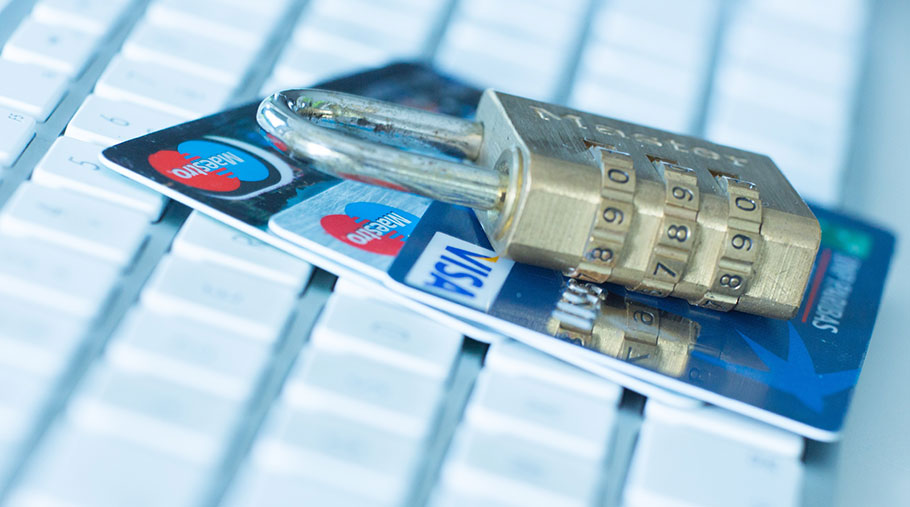Guide to cyber security issued as fraudsters target farmers
 © Isopix/REX/Shutterstock
© Isopix/REX/Shutterstock New guidance is being issued to farmers to help them protect themselves from cyber attacks such as spoof adverts, scam emails and malicious software.
Put together by the NFU and the National Cyber Security Centre (NCSC), the online document aims to provide farmers with the tools they need to protect themselves from the most common cyber attacks.
See also: Tractor scam highlights threat of online ‘Covid crime’
“Cyber attacks can be devastating for businesses and the individuals who are victims to fraudulent activity,” said NFU deputy president Stuart Roberts.
“It can affect agricultural businesses in a number of ways, including leaking of confidential data or financial losses.
“As farms rely more on technologies such as GPS, remote sensing and unmanned vehicles, the risks increase.”
With cyber criminals becoming increasingly sophisticated and finding new ways to steal passwords, money or data, farmers need to be aware of the risks and invest in cyber security, Mr Roberts added.
Attacks on the rise
Official statistics show a rise in reports of cyber attacks against the farming community, such as spoof farm machinery adverts that can leave farmers thousands of pounds out of pocket.
For example, in 2019 more than 60% of agricultural businesses reported one or more attacks, compared with 45% in 2018, according to one cyber security company.
The new NFU/NCSC guidance identifies the main digital aspects that are at threat on farms, from the computers farmers use to send their emails and run their farm management software, to their automated machinery, security cameras and smartphones.
“You must also consider all the online accounts that you use,” it advises. “This means banking, email and social media, but also things like the Rural Payments service, HMRC online services, online shopping and cloud document storage.”
Top tips for improved cyber security
- Ensure computers and mobile phones are set to install automatic updates
- Replace old hardware, which may be more vulnerable to attack
- Back up your data – perhaps on an external hard drive or USB stick or a cloud-based option
- Switch on password protection and use fingerprint or face ID on mobile devices
- Use things like tracking modes and remote data erasing modes on mobile devices
- Download anti-virus products to protect from “malware” (malicious software)
- Activate firewalls to create a buffer between your network and the internet
The guidance also offers advice on password creation, spotting and dealing with scam emails, texts and phone calls, and details of where to go for help.
